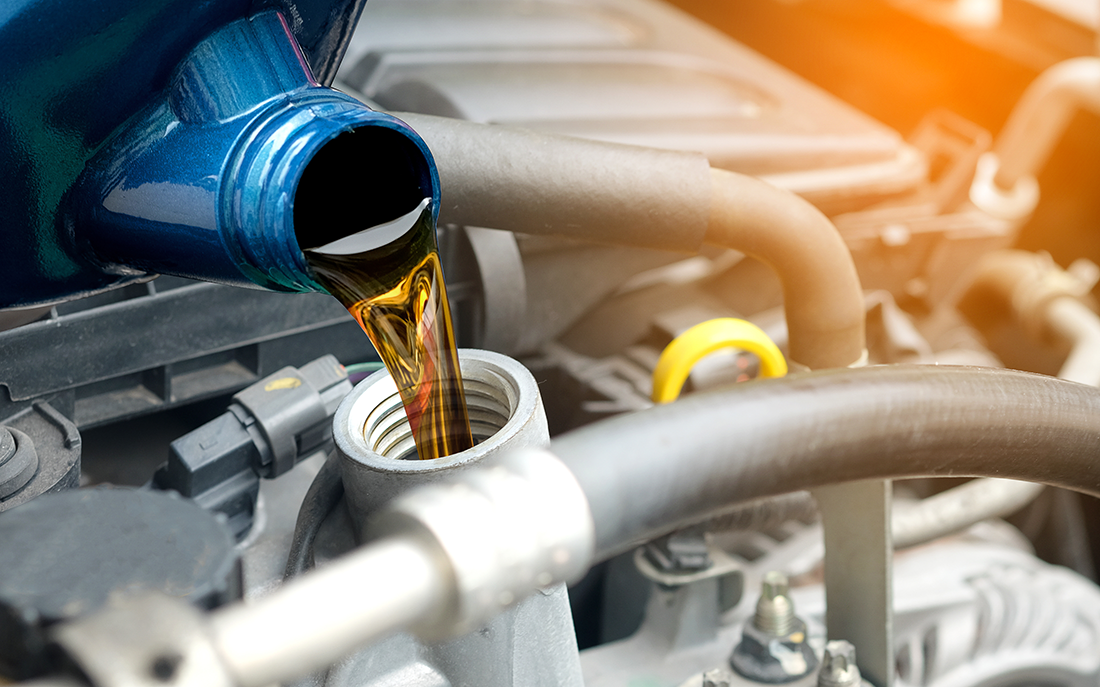Maintaining your truck’s oil level is crucial for ensuring optimal engine performance and longevity. Neglecting this aspect of vehicle maintenance can lead to severe mechanical failures and costly repairs. In this comprehensive guide, we will explore when and how to check the oil level in your truck, the importance of regular checks, and the signs indicating that it may be time for an oil change.
Understanding the Importance of Oil Levels
The engine oil in your truck serves several essential functions. It lubricates moving parts, reduces friction, helps in heat dissipation, and protects against wear and tear. A proper oil level is critical; too little oil can lead to engine overheating and increased wear, while too much can create excessive pressure, leading to leaks or even catastrophic engine failure.
Regularly checking the oil level helps maintain the engine’s health and can significantly improve the vehicle’s efficiency.
When to Check the Oil Level
1. Before Long Trips
It is prudent to check the oil level before embarking on a long journey. This ensures that your engine will have adequate lubrication during extended periods of operation. When checking the oil before a trip, make sure your truck is parked on level ground, and allow the engine to cool down for a few minutes to avoid burns and ensure an accurate reading.
2. After Every Fuel Fill-Up
Developing a habit of checking the oil level every time you fill up your fuel tank can help you keep track of any changes in oil levels or conditions. This practice can be particularly beneficial for trucks that are frequently used for heavy-duty tasks. By monitoring oil levels regularly, you can catch potential issues before they escalate into significant problems.
3. Monthly Checks
For regular maintenance, it is advisable to check your truck’s oil level at least once a month. This routine ensures that the oil is always at the optimal level and allows you to monitor for any signs of oil leaks or consumption.
4. At Every Oil Change
During oil changes, you should check the oil level as part of the routine maintenance. This is an excellent opportunity to inspect the condition of the oil and determine if it’s time for an oil change based on its appearance. If the oil appears dirty or has a burnt smell, it may need to be replaced even if the scheduled change is not due yet.
How to Check Your Truck’s Oil Level
1. Gather Your Tools
Before checking your oil level, ensure you have the necessary tools. You will need:
- A clean dipstick
- A paper towel or cloth
2. Prepare Your Truck
- Park on Level Ground: Ensure your truck is parked on a flat surface to get an accurate reading.
- Turn Off the Engine: Allow the engine to cool down for a few minutes if it has been running.
3. Locate the Dipstick
Open the hood and locate the dipstick. It is usually labeled and has a brightly colored handle for easy identification.
4. Remove the Dipstick
Pull the dipstick out and wipe it clean with a paper towel or cloth. This step removes any oil residue that could lead to an inaccurate reading.
5. Reinsert and Check
- Reinsert the dipstick fully back into its tube.
- Pull it out again to check the oil level. There should be markings on the dipstick indicating the optimal oil level.
6. Assess the Oil Condition
While checking the level, also observe the oil’s color and texture. Fresh oil is usually amber and smooth, while old oil may appear dark and gritty. If the oil is thick or has a burnt smell, it may be time for a change.
Signs You Need to Check or Change Your Oil
1. Oil Pressure Warning Light
If the oil pressure warning light on your dashboard illuminates, it indicates that your oil level may be low or that there is an issue with the oil circulation in your engine. This requires immediate attention to prevent engine damage.
2. Unusual Engine Noises
If you start hearing ticking or knocking sounds from the engine, it could indicate that the oil level is too low to adequately lubricate the engine parts. Address this issue promptly.
3. Oil Leaks
If you notice oil spots where you park your truck, this could indicate a leak. Inspect the area for signs of oil pooling or dripping and check your oil level immediately.
4. Dark or Dirty Oil
If your oil appears dark and dirty, it might be time for an oil change. Oil should be changed regularly to ensure that it continues to provide effective lubrication and protection for your engine.
Conclusion
Maintaining the right oil level in your truck is vital for its performance and longevity. By following a regular maintenance schedule that includes frequent checks and changes, you can prevent potential problems and ensure your truck runs smoothly for years to come. Remember, early detection and maintenance are the keys to a healthy engine.
